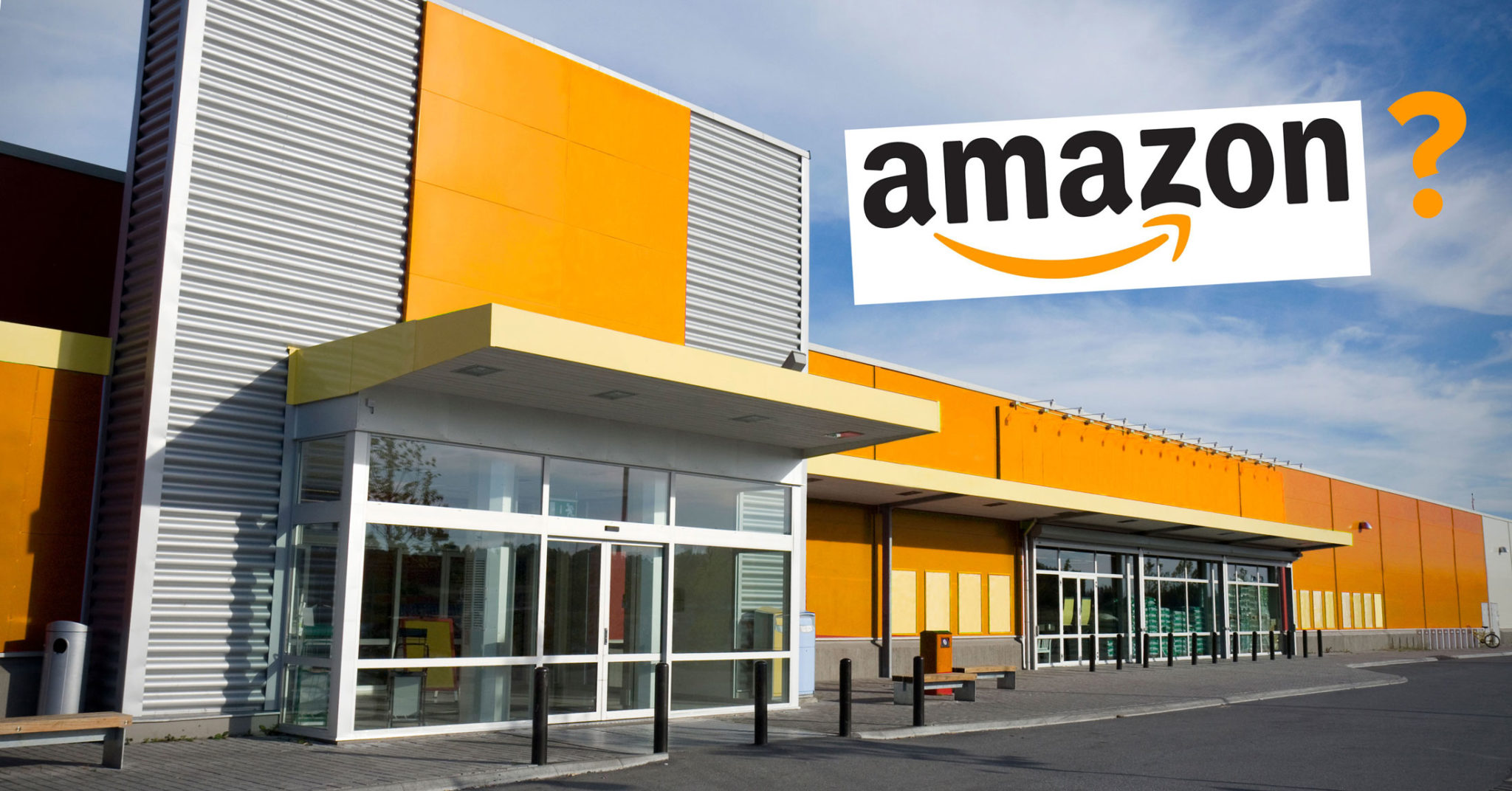
With Amazon reportedly on the verge of opening its first large department store, the marketing department’s Jonathan Zhang helps break down what this could mean for the tech giant and retail industry at large.
Zhang has been following Amazon’s expansion into in-person retail for years, from small experimental locations like the cashier-less Go Store to the company’s acquisition of Whole Foods. His recent research includes a piece co-authored with an Amazon research scientist exploring how in-person retail can meet customers’ needs in a way that e-commerce can’t, in addition to work examining the ways physical stores can be leveraged to boost customer value.
These insights prove particularly relevant to analyzing how Amazon may be positioning itself for a future with a significantly larger in-person shopping footprint, allowing customers a new way to engage with the country’s largest clothing retailer.
Q&A with Jonathan Zhang
How do you see Amazon benefitting from expanding into in-person retail?
Logistics Optimization
“I’ve been following Amazon’s business model for a while and there’s a tech play to this type of experimentation. With the department stores, that is essentially their effort trying to resolve the logistics problem of returns and fulfillment.
E-commerce from a logistics process is very, very efficient on the inbound side. You get stuff from manufacturers, you have a warehouse, you have an inventory and then you set up a website and that’s done. But, then on the fulfillment side, going from your warehouse to customers, and also processing returns, those things can be very expensive.
When someone returns a product to a local store the local store manager can make a decision on what to do with it. The manager can inspect it and if it’s in salvageable condition they put it on the shelf. But, imagine if a product gets returned to a fulfillment center or a warehouse, the inspection, the cataloging, the rerouting, all of these things can be very, very expensive. For e-commerce there’s a natural limitation because the last mile delivery to the customer can be expensive and return rates are high and expensive to process.
By having department stores, especially in densely populated cities, it lowers the transportation costs that Amazon would otherwise incur in delivering those products and it allows them to process returns at a much lower cost.”
Customer Expansion
“I think it also has the benefit of expanding Amazon’s customer base. Even today there’s a huge number of customers who do not use e-commerce because they don’t have a credit card, they’re unbanked, or they don’t live in an area where they trust their package left in front of their door. So, for those customers e-commerce is essentially inaccessible to them.”
Product Trials
“Certain products require more interaction from consumers. You think about our clothing, you think about shoes, size medium means different things for different brands of clothing, there’s a texture of clothing, there’s a tactile nature to it, so these are the things you need to try. And the same thing with other high tech products, there’s a trial, you’ve got to interact with it.”
Read more about Zhang’s research into the benefits of in-person product interactions >
What role does data gathering play in Amazon’s approach to operating physical stores?
“Amazon’s a data driven company. That’s another way of saying they want to know everything about customers needs, preferences, their frustrations, it’s a very customer centric company. So, through their retail operations they want to be able to collect and observe all types of offline shopping behaviors. Let me put it this way, to the extent that data can be collected in a transparent, ethical way I think they will find a way to mine it and get some insights out of it.
For instance, their Go Store, it’s a fairly small grocery store setup but you walk in and it’s completely human-less. You go in there and you sign in with your Amazon app, there are video cameras everywhere on the ceiling and they will be able to identify every person walking in, your body shape allows them to track you through the store so it will not get you confused with someone else standing next to you. And let’s say you go in there and you go into the canned food section to pick something up, they know exactly which item you picked up, how many seconds you looked at it, whether you put it in your shopping basket or back on the shelf, they know where you walk next, so they’re able to capture all that information that is traditionally non-observable in the supermarket setting.”
How do you think Amazon is balancing e-commerce with in-person retail?
“Amazon is positioned as a tech company, they want to move away from the perception that they’re an e-commerce company, that’s why they got into the B2B technology sales, AWS, and all these other types of computational types of products. For every sale that you and I place on Amazon they make a very thin margin – if – so I think the majority of their growth is spurred by technology, where the profit margins are much higher. By having these deeper insights into customers, developing and experimenting with the intersection of technology and retail, they might develop retail technologies that they can package, just like AWS, the proprietary platform, and sell it to other supermarkets and other department stores.
In 2021, we have a pretty good sense of how consumers buy stuff online and because through the digitization of e-commerce we’re able to observe the shopping behavior. But, oftentimes we have very limited information on how we shop offline. Through Amazon’s in-person retail operations they’re working to bridge that gap.”